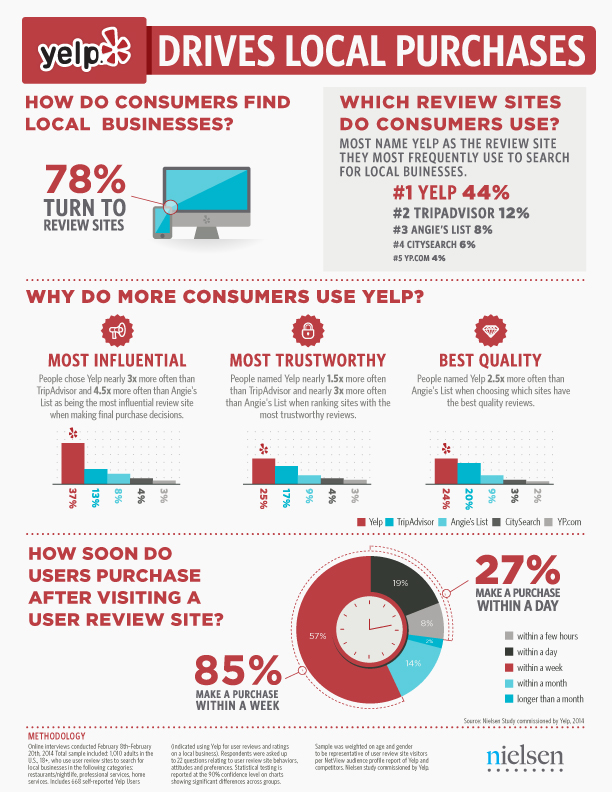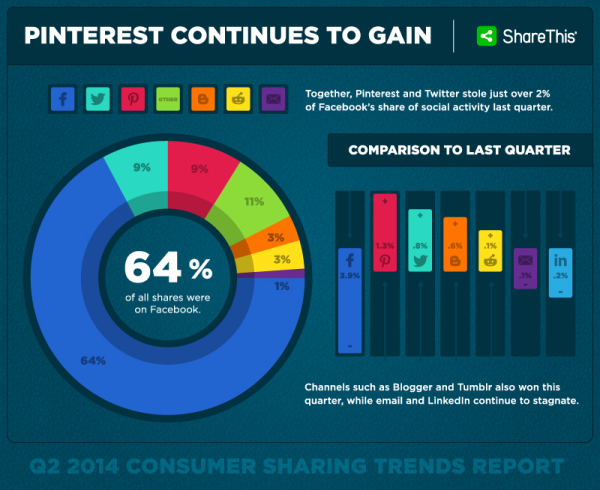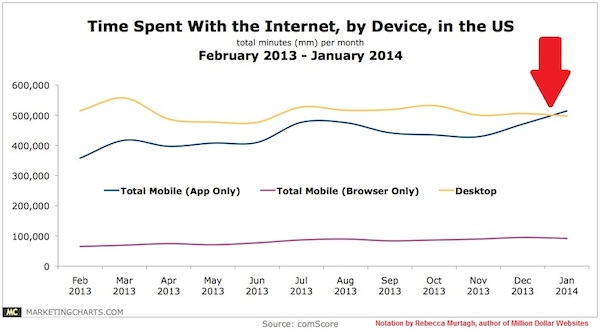As a business owner with an eye on your company’s online marketing success, you have likely heard about Google’s search engine algorithms. You may even have a general idea of how they function and effect your business’s online presence and marketing strategies.
But, unless you spend your free time reading all the SEO blogs, you probably have some questions about some aspects of how these algorithms work. If your business does international business, one of those questions is very likely if Google’s algorithms work the same around the world.
While the algorithms largely tackle the same issues, the short answer is that they do not all work the same on an international scale.
As Barry Schwartz recently highlighted, you can find specific examples of when algorithms vary across borders by looking at the Google Panda algorithm. The algorithm was initially launched for English language Google engines in February 2011, but the rest of the globe didn’t see the algorithm roll out for quite some time. Notably, it took 17 months for Google to release Panda in Korea and Japan to target Asian languages.
However, the Google Penguin algorithm didn’t have nearly the same delay. Penguin rolled out globally and impacted sites in any language.
What’s the reason for the difference? It all boils down to purpose. The Panda algorithm focused on language and content, and those algorithms have to be customized and focused based on the wide variety of languages found around the world. Meanwhile, algorithms like Penguin target off-page technical factors like links, which raises less of an issue customization.


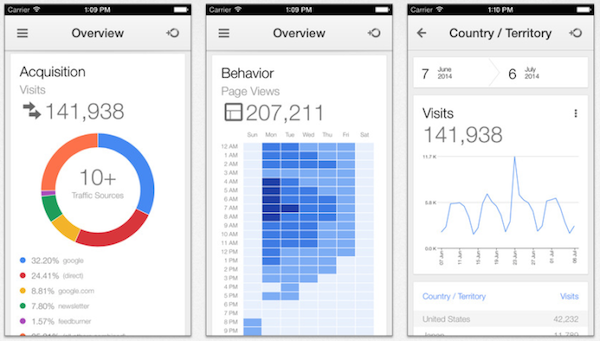
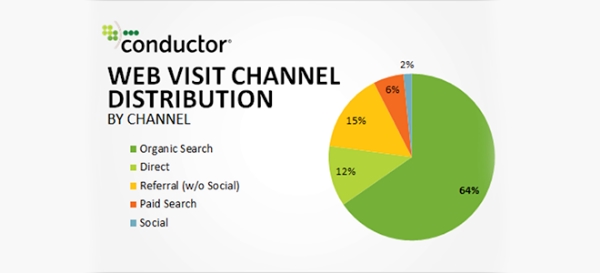
 That may not be the case for long, as Google has stepped up their fight against the technology.
That may not be the case for long, as Google has stepped up their fight against the technology. 
